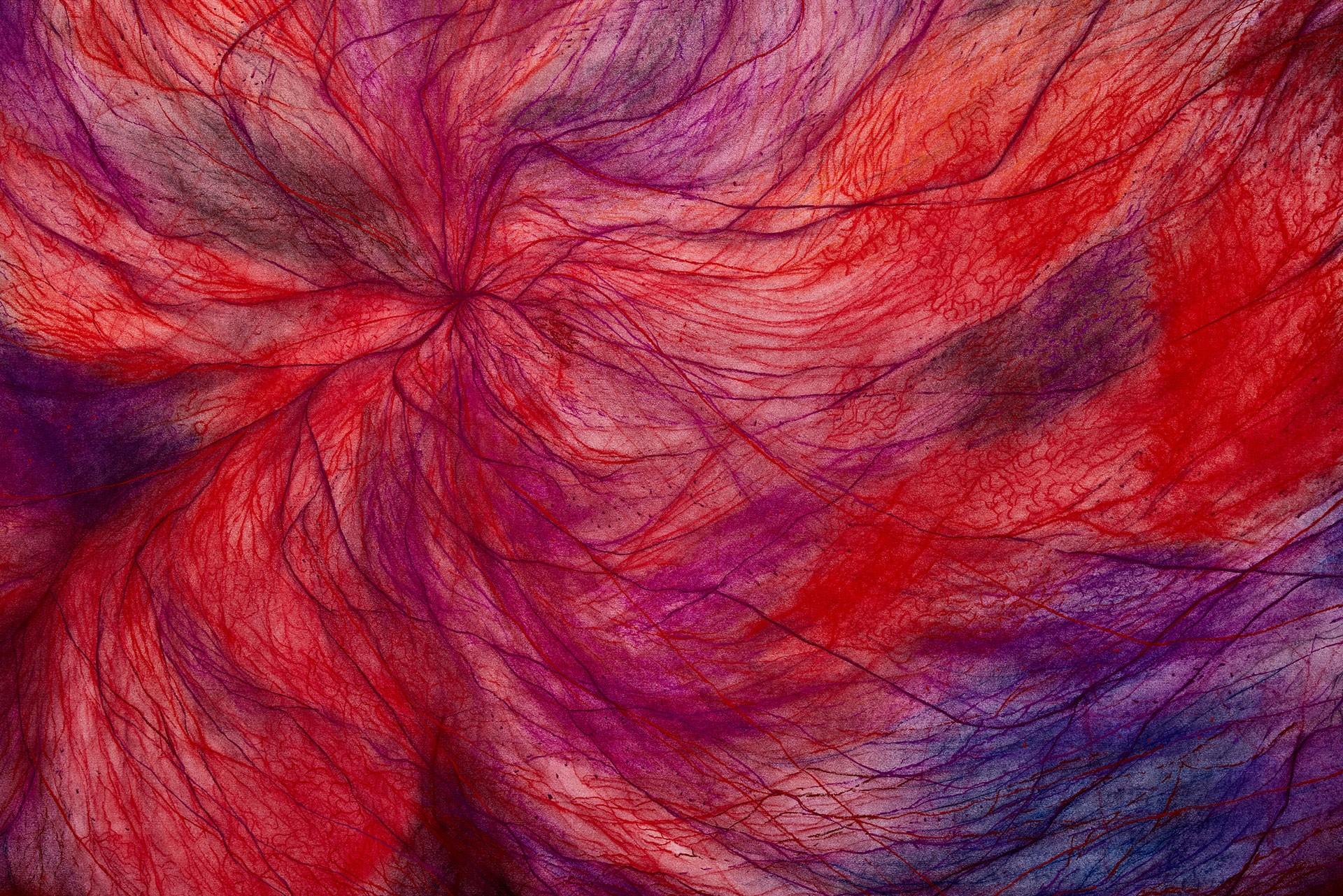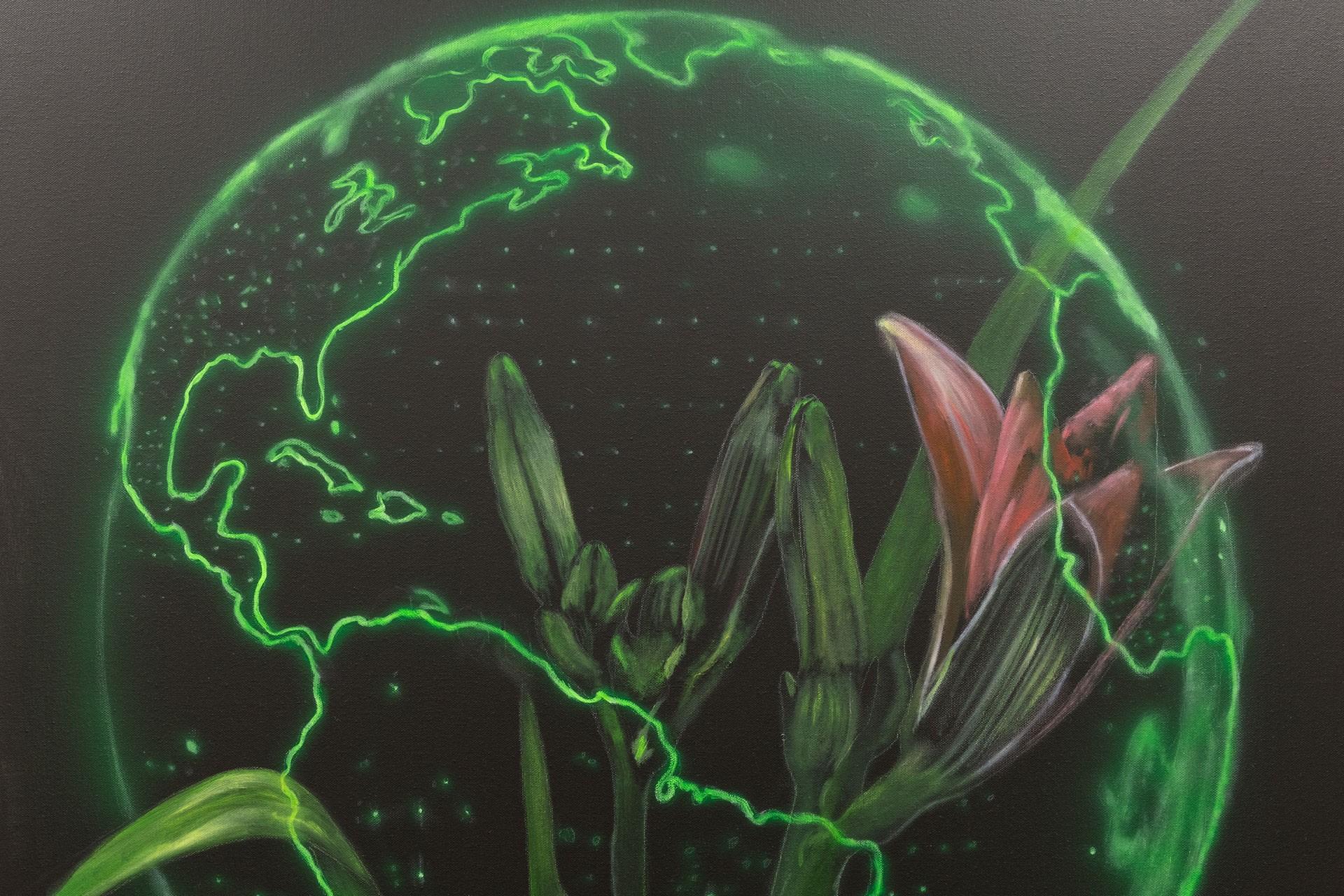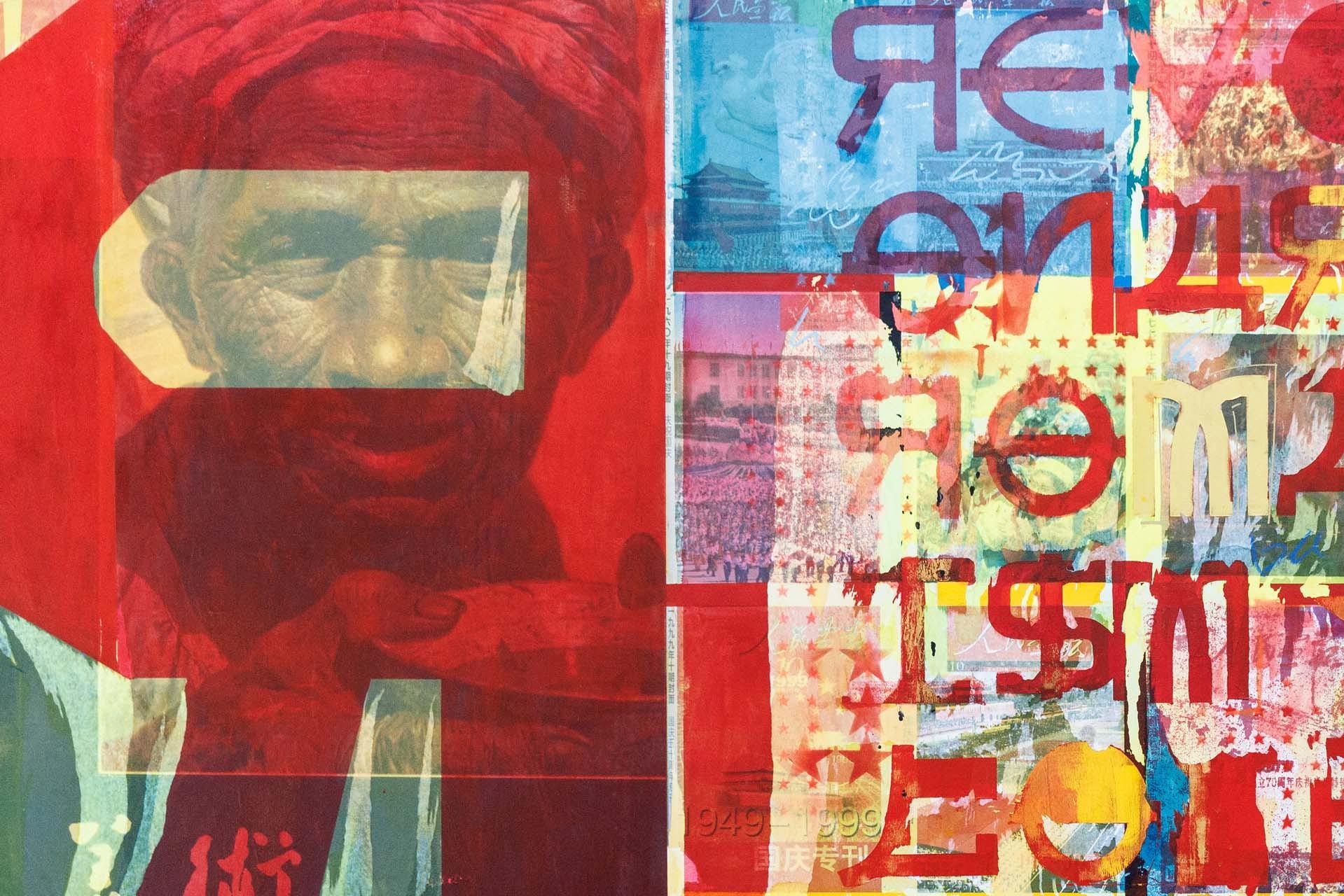Global art sales increased by 3% year-on-year to an estimated $67.8 billion, bringing the market higher than its pre-pandemic level in 2019. After a strong recovery in sales of 31% in 2021 from the pandemic-induced low point the previous year, results were more mixed in 2022, with variations in performance by sector, region, and price segments resulting in more muted growth.
Value of Sales in the Global Art Market
The volume of transactions fell sharply during the pandemic in 2020, but recovered in 2021, with the number of sales rising by 19% to 37.3 million. In 2022, these increased only marginally (1%) to 37.8 million, with the rise mainly due to more sales by dealers.
Volume of Sales in the Global Art Market
The high end of the market continued to be the driver of growth in 2022. Sales in the public auction sector dipped slightly by 1% to $26.8 billion, with works priced at over $10 million being the only segment to increase in value. The dealer sector grew by 7% to $37.2 billion, and sales for those operating at the higher end were significantly better than their peers in the lowest tiers.

The US retained its premier position in the global ranks, with its share of sales by value increasing by 2% year-on-year to 45%. The UK moved back into second place with 18% of sales, and China’s share decreased (by 3%) to 17%, as it fell back into third position. France maintained its position as the fourth-largest art market worldwide with a stable share of 7%.
Global Art Market Share by Value in 2022
After a significant decline in sales during the pandemic, the US art market has seen one of the most robust recoveries of all the major markets. From a pandemic-induced low in 2020, sales bounced back in 2021, increasing by just over one third in value to $28.0 billion. Growth continued in 2022 with a further increase of 8% year-on-year to $30.2 billion, its highest level to date. This was driven by a major uplift at the high end of the auction sector, along with more moderate but positive growth in dealer sales.
Sales in the US Art Market

Despite a year of intense economic and political pressures, sales in the UK maintained their momentum, with a rise of 5% to $11.9 billion in 2022. This second year of growth boosted the market from its 2020 low, although sales were still below their pre-pandemic level in 2019 of $12.2 billion.
Sales in the UK Art Market
China, including Mainland China and Hong Kong, had a significantly worse year in 2022, with lockdowns stalling activity, and sales and events curtailed or cancelled. Sales declined by 14% year-on-year to $11.2 billion, and although still 13% above 2020, this was their lowest level prior to that since 2009.
Sales in the Chinese Art Market
The French market saw positive, low growth of 4% year-on-year measured in US dollars, with the increase somewhat muted by deteriorating Euro values in 2022. Following a drop in value of 30% in 2020, sales in France had a particularly strong uplift in 2021, increasing by 58% year-on-year to $4.8 billion. The continued growth in 2022 led to a new peak of just under $5 billion, the highest level to date.
Sales in the French Art Market

As exhibitions, auctions, and fairs all ran on much fuller schedules and collectors began to re-engage with live events and sales, both dealers and auction houses reported a further reduction in their share of e-commerce in 2022. Online-only sales fell to $11.0 billion, a decline of 17% from the 2021 peak of $13.3 billion, but still 85% higher than in 2019. Online sales accounted for 16% of the total value of the art market’s 2022 turnover, down from the peak of 25% in 2020, and 4% lower than the share of global retail e-commerce (20%) in 2022.
Online Sales in the Global Art Market
After reaching a peak in late 2021 of close to $2.9 billion, sales of art-related NFTs on platforms outside the art market fell to just under $1.5 billion, a decline of 49% year-on-year. Despite the significant drop in value, sales were still over 70 times those in 2020 (at just over $20 million). The decline in value was much greater for art-related NFTs than other segments, and they accounted for just 8% of the value of NFT sales on the Ethereum network in 2022 (versus 67% for collectibles-based NFTs).